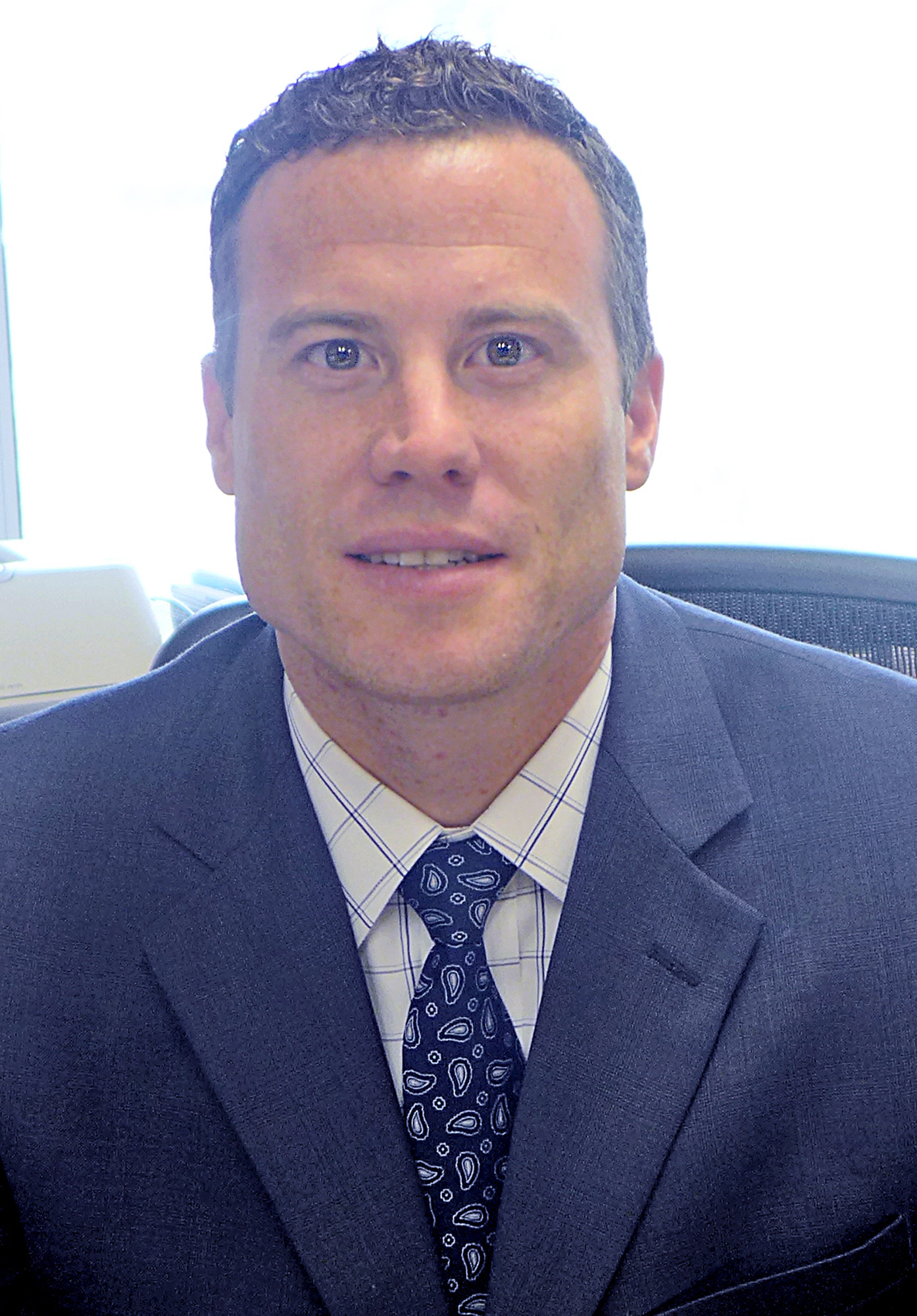O’side schools to see little increase in taxes
The Oceanside school tax levy will increase by less than $500,000 next year.
The school district announced its maximum allowed tax levy increase — .34 percent — at its first budget meeting of the year on Feb. 9. The tax levy for 2016-17 will be $119.24 million, an increase of just $409,000 over the current year.
To compare, the tax levy increased by $2.17 million in 2014-15 and $1.8 million in 2015-16 — 1.89 and 1.56 percent, respectively.
Since 2012, the state tax cap has limited municipal tax increases to approximately 2 percent or the rate of inflation, whichever is lower. The increase in Oceanside’s allowable tax levy for 2016-17 would be the smallest since the tax cap became law. Districts can exceed the cap, but those that do need a supermajority of at least 60 percent of voters to approve their budgets.
The district did not reveal the total district budget, or the amount by which taxes would increase for the average homeowner, because those numbers have not been finalized.
Chris Van Cott, Oceanside’s assistant superintendent for business, said that the $12 million the district had borrowed for its $30 million bond was excluded from tax levy calculations. “That’s an allowable exclusion,” he said. “The debt associated with that $30 million does not count against the district’s calculation of tax. So we will have an allowable exclusion … because of that new debt that’s on our books.”
Voters approved the bond in 2014 to pay for an updated district-wide security system, Wi-Fi at Oceanside High School, energy-saving equipment such as LED lights and infrastructure improvements to school buildings.
Van Cott also said that starting with next year’s spending plan, the district would budget $160,000 each year for a reserve fund, which would be used to replace the artificial-turf field at Oceanside High School in about five years. The field is 10 years old, and is expected to have a lifespan of 15 years.
The switch to electronic scanning voting machines, which will save the district more than $8,000, was also discussed at the meeting. Resident Herb Pitkowsky asked if the district could consolidate voting locations so that it would not have to rent as many machines.
Superintendent Phyllis Harrington said that if the number of locations were reduced, more machines would be needed. “That would also seriously make the process much longer and arduous for our community residents,” she said. “We could possibly lose by not getting a voter turnout or possibly getting a failed budget.”
The section of the spending plan that was discussed last week, which covered administration and capital costs, can be viewed at http://bit.ly/1RtWcDa.
The next meeting, which is scheduled for March 1, at 7:30 p.m., at School No. 6, will focus on the special education, athletics and technology portions of the budget.
Residents will vote on the budget on May 17.






